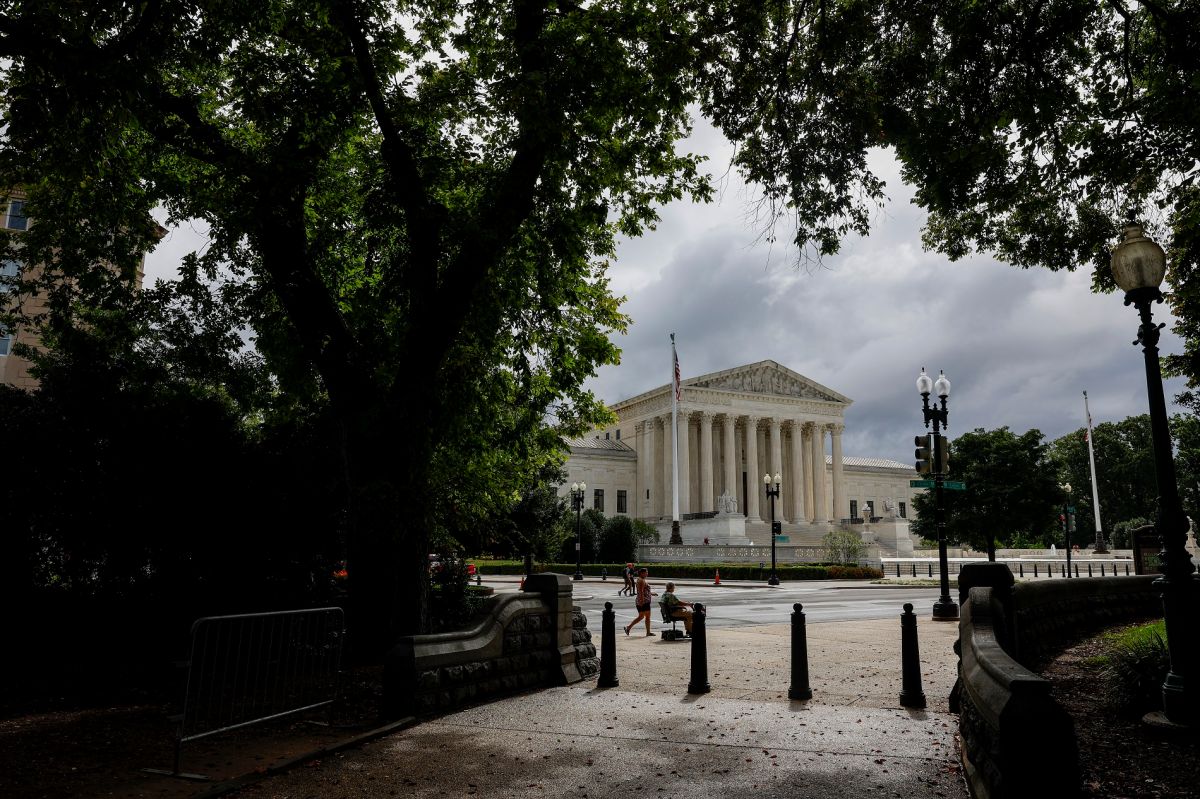A couple of recent Supreme Court decisions (SCOTUS) on immigration cases have put “tens of thousands” of immigrants at risk by limiting federal court decisions on deportations and errors by immigration authorities, reveals a legal analysis by the Tahirih Justice Center.
“SCOTUS’s recent decisions disrupted the future of immigrant rights by limiting the power of the federal courts,” said Rachel Sheridan and Richard Caldarone, trial attorneys for that organization.
In an analysis, the experts expose the new legal scenario after the decisions on the cases Garland v. Aleman Gonzalez and Garland v. Patel, which would have an impact on other deportation processes, asylum requests, release on bail or even procedures before the office of Citizenship and Immigration Services (USCIS).
Sheridan and Caldarone They consider that one of the biggest problems is that SCOTUS decided to shorten the field of action of federal judges, who will not be able to prevent the Departments of Homeland Security (DHS) and Justice (DOJ) from “violating many federal immigration laws.”
“Federal courts will often be unable to stop DHS and DOJ from violating many federal immigration laws and review the factual findings in immigration proceedings that determine whether non-citizens remain in the United States,” experts say.
In an interview, Caldarone indicated that the federal courts have been the “last bastion of protection” for immigrants against possible deportation.
“The decisions of the Supreme Court in the last period will make it more difficult for people asylum seekers and other non-citizens receive help from the federal courts,” Caldarone said. “That is unfortunate, because the federal courts are often the last resort when the immigration courts or USCIS make mistakes, and they are prone to mistakes quite often.”
Caldarone added that these Supreme Court decisions will affect “tens of thousands of people”.
“These two types of decisions will cover at least tens of thousands of people each year,” said the expert. “If USCIS or an immigration judge makes an egregious factual error and it is not corrected on appeal to the USCIS Office of Administrative Appeals or the Board of Immigration Appeals, there will never again be options in federal court.”
Caldarone called the court’s decision “radical.”
“And it will lead to many errors that can be corrected”, he anticipated.
A legal analysis by the Tahirih Justice Center cites a first example of these repercussions, where Judge Cynthia Bashant, of the Southern District of California, recognized that the policy “Catch-22” (Detain-22) against immigrants at the border was “devastatingly cruel,” but the SCOTUS decision allows immigrants challenge only if that person is in deportation proceedings.
That is, she had to decide against the case Al Otro Lado v. Mayorkas following the new rules, which claimed that immigrants were detained by the Border Patrol and returned to Mexico –regardless of their nationality– without allowing them to request asylum.
